Battery handles for digital cameras give your DSLR/DSLM more power
In the world of accessories for digital cameras, battery handles play a rather minor role. Amateurs hardly use them at all and even professionals do not always appreciate the numerous advantages. Quite wrongly, we think, because a battery grip can prove to be extremely practical under certain conditions. It is an extension that is mounted on the DSLR. It contains either standard AA batteries or a second camera battery. This way, the camera is supplied with power for longer.
This is an advantage if you want to shoot a lot of videos in HD quality or frequent continuous shooting stretches. Both severely weaken the battery, so that it soon needs to be replaced and charged. With a separate battery grip, you save yourself this work because the camera is supplied with energy by the battery grip when the internal battery is running low. But battery grips also have other advantages: They often have a separate shutter release and additional function buttons as well as a holder for the carrying strap. Cameras with battery grips are much easier to hold when taking portrait format photos. In addition, it is easier to release the shutter in portrait format because the shutter release button on the battery grip is easily accessible.
If you want to buy a battery grip for your DSLR, there are a few aspects you should consider. First, check that your camera and the battery grip are compatible. If you choose a model from the original manufacturer, this is always the case. However, there are also third-party manufacturers of battery grips that are not necessarily compatible with your DSLR. Then, for example, the additional buttons do not work. Furthermore, it can happen that the battery grip is not flush with the camera, which would also be annoying. Are you still unsure whether you really need a battery grip? Then scroll down to the bottom of our shop. There we have listed even more arguments that speak for the purchase and give you tips for the purchase.
What speaks for the use of a battery grip?
The main argument for using a battery grip for digital cameras is that you can simply shoot more and longer without having to charge the battery. This is a great advantage if you are planning longer hikes, because then you won't have time to recharge the battery in between. Especially in cold temperatures, the battery is used up more quickly, which is why a battery grip is particularly useful then. In addition, many battery grips have the option of using not only normal camera batteries, but also standard AA batteries. If your batteries are empty and you don't have a chance to recharge them, you can simply use AA batteries. They are cheap to buy and available almost everywhere. What many photographers don't know: The battery grip supplies the camera with so much energy that it is possible to use the maximum continuous shooting rate. Without a battery grip, this can sometimes be difficult, for example when the battery is already running low. Of course, photographers also benefit from this in many ways.
More practical details and features of battery grips
But these are by no means all the advantages that a battery grip offers you when taking photos. Anyone who shoots a lot in portrait format knows how tedious it is to make the necessary adjustments. That's why battery grips often have additional push buttons to expand the setting options in portrait format and make for more comfortable handling. An AE-L/AF-L button, for example, is practical because it allows the current exposure value or the focus to be fixed at the touch of a button until the picture is taken. An AF button is also available on many battery handles. It is used to activate the autofocus without the risk of accidentally activating the shutter as well. On some models there is a separate setting wheel. It also makes handling the DSLR much easier - especially when shooting in portrait format. You can use the same handles as in landscape format and, for example, conveniently set the aperture or the shutter speed without having to turn the camera back and forth.
The number of batteries - an important feature for the purchase decision
When buying, you should pay attention to how many batteries can be accommodated in the battery grip. Most models offer space for two batteries of the same type as used in the camera. However, there are also battery grips that use normal AA batteries. The capacity of such batteries is usually much lower than that of camera batteries. On the other hand, they are cheaper and can be bought in any specialist shop. The most practical are certainly battery grips that can be operated with both camera-type rechargeable batteries and standard AA batteries. Then you are free to decide whether to use the normal camera rechargeable batteries for full power or the inexpensive and flexibly usable AA batteries and accept a few sacrifices in capacity in return.
Overview: The most important advantages and disadvantages of using a battery grip
If you decide to shoot with a battery grip on your digital SLR camera in future, you will enjoy numerous advantages that you will soon not want to do without:
The camera can be used for much longer without having to charge the battery
In some models, continuous shooting improves
The camera's range of functions is increased because battery grips have more function buttons
When shooting in portrait mode, the camera sits much better in the hand
The battery grip makes DSLRs more robust and offers a better feel
Many battery handles are compatible with regular AA batteries, which brings some advantages
Of course, there are disadvantages to using battery handles. These include:
The camera becomes heavier and clunkier
The weight of the overall equipment increases
Money needs to be invested in an extra battery
Some photographers find the optics less appealing with a battery grip
Caution is advised with third party accessories as they are not always compatible with the camera
So you have to weigh up whether you want to put up with these disadvantages. From our point of view, the advantages outweigh the disadvantages, which is why we especially recommend the purchase of a battery handle to professional photographers who want to shoot independently of the power supply.

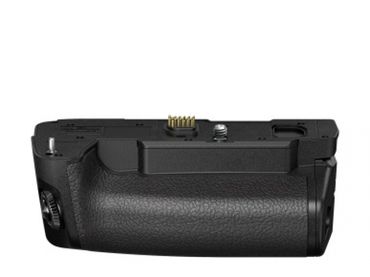
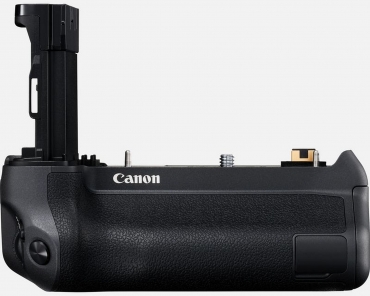
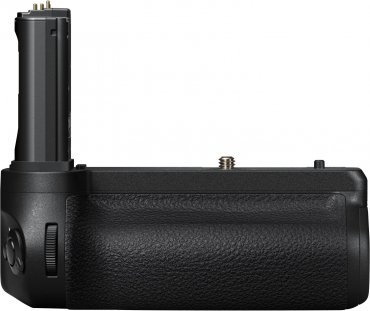

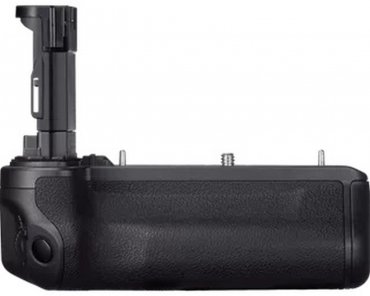
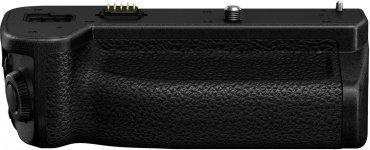

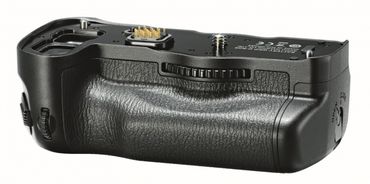
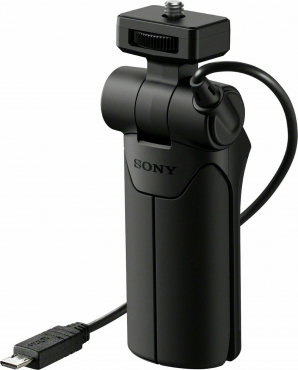


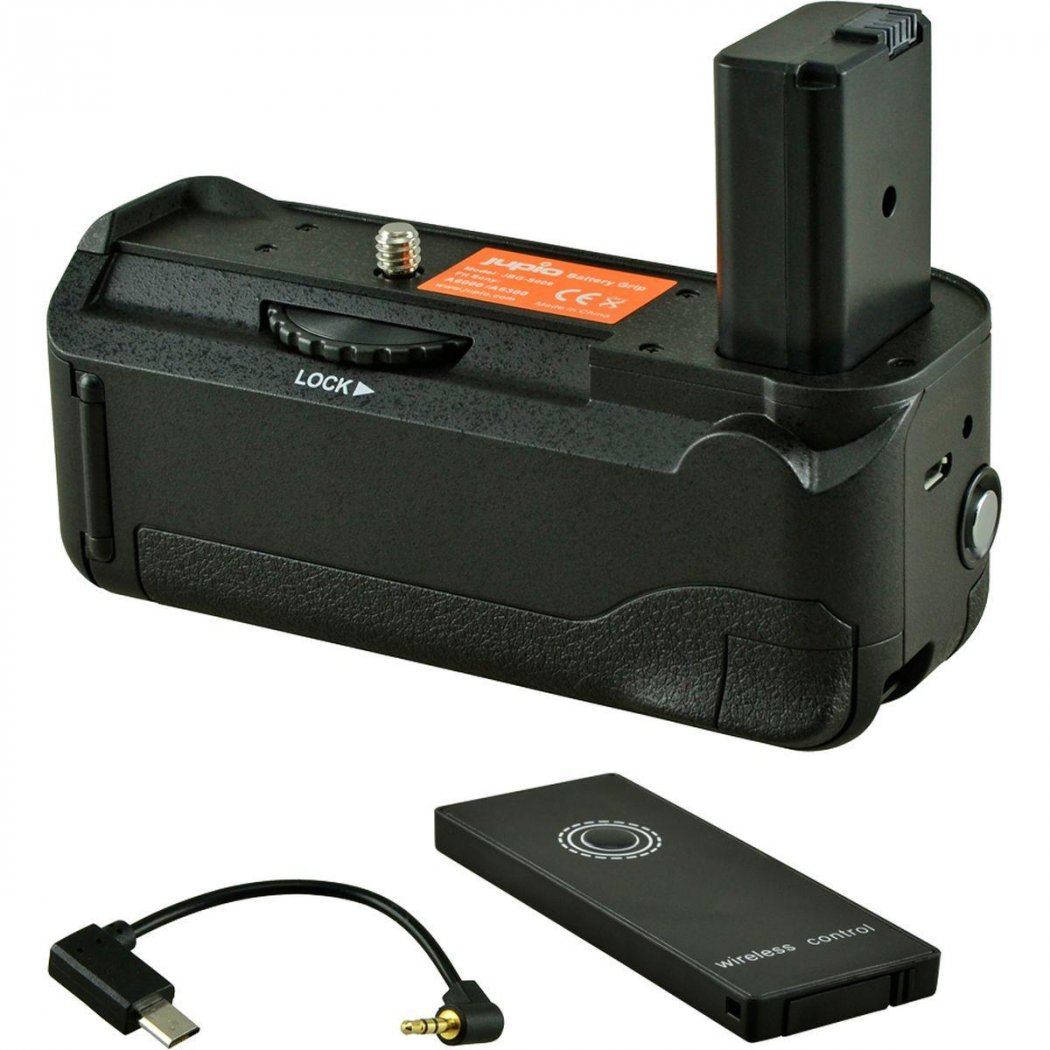
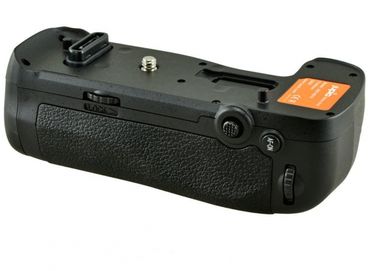
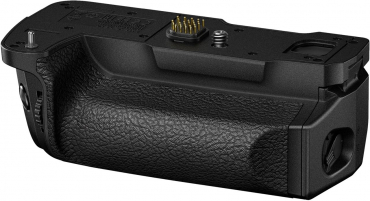
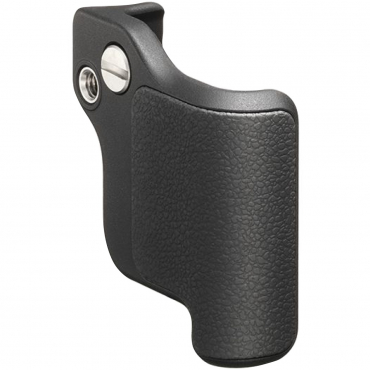
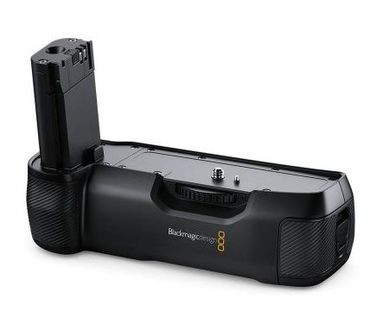
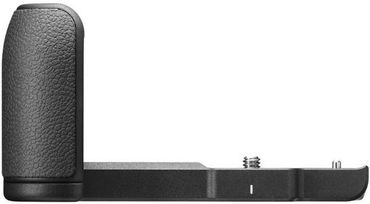
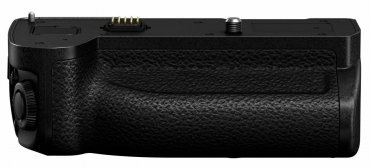
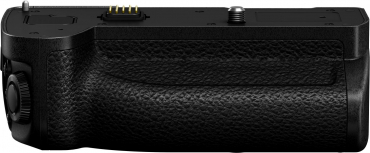
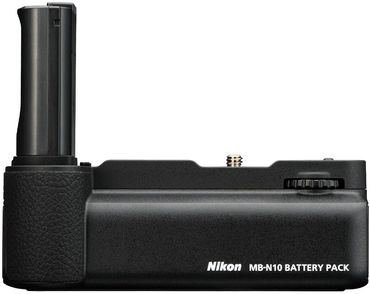
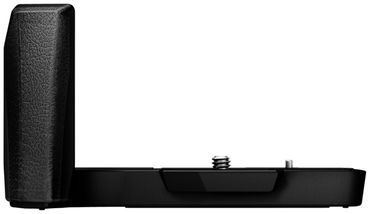
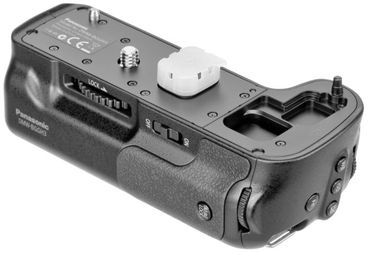

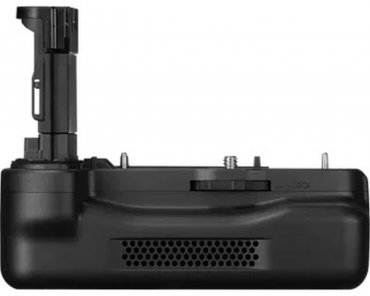

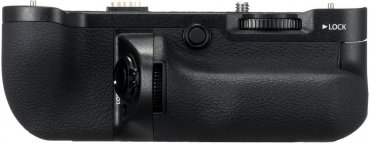

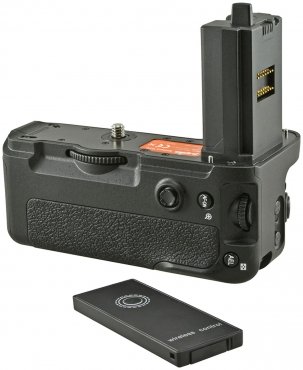
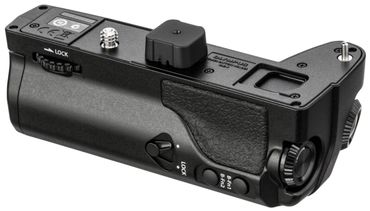


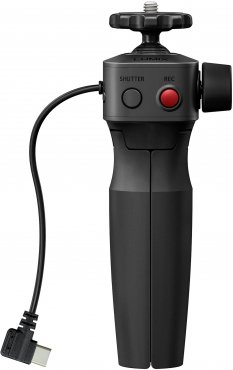

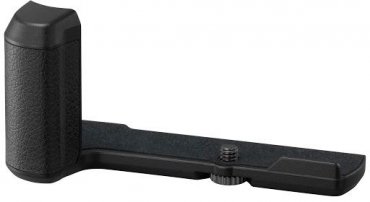
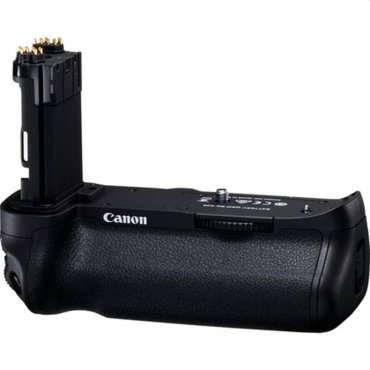
Simply subscribe and benefit as a newsletter recipient every week: